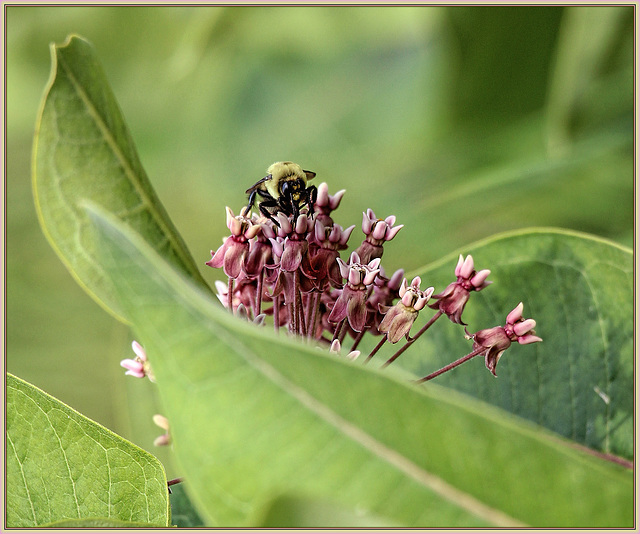Black Iris in Late Afternoon Light
Hipsters with Canines
New Leaves in Flight (color)
New Leaves in Flight
Backlash
Dignity in the Freezing Rain
Hipsters with Canines (color)
The Digital Age
Out of the Black and Into the Blue
Moveable Feast II
Proof of Love II
Greener Times
"Trumpets Voluntary"
The Heart is a Lonely Hunter III
Oh Canada!! III
Anatomy of an Infestation
Earth, Sea and Sky (sepia)
Diagonal
Earth, Sea and Sky (color)
Black Crowned Night Heron
Diagonal (b&w)
Spring at Last
Life is Sweetest at its Edge
Emerging Doe
Flying Shrimp on Wild Bergamot
Moss Colony in Full Spore
Embarrassment of Riches
Port in a Storm
Free Will and Predisposition
Darrel, Watching the Crusie Ships Depart
Idyll
The Final Hours
The Looking Glass Self
Winged and Caped Beauty - Male (Frontal)
June Feast Days
Winged and Caped Beauty - Male
Ordered Chaos
Hesitation - Doe and Faun
Fed and Safe
Tropical Glories
Order
Rolling Stones - Detroit
New Sumac
"The Color Purple"
Lazy Sunday
See also...
Eastern Bumblebee on Milkweed Flowers


The richness contained in these blooms lasts mere days, but while profuse in its nutrients and aroma, fully intoxicates a wide range of insects.
Nature preserve, July, 2015
(Please view in Lightroom or in larger sizes for best effect)
Bumblebees (genus Bombus)
Common eastern bumblebee
These familiar insects are stocky, fuzzy, and yellow (or orange) and black. The queen bumblebee typically chooses a nest site that is on or under the ground. She lays her eggs, and 10 days later a relatively small number of worker bees is born. These workers gather nectar and pollen, make honey, and care for the nest and young. In the late summer, drones (males) and queens are born, and they mate. Most of the colony dies with the onset of cold weather, but the queens overwinter in leaf litter.
Nature preserve, July, 2015
(Please view in Lightroom or in larger sizes for best effect)
Bumblebees (genus Bombus)
Common eastern bumblebee
These familiar insects are stocky, fuzzy, and yellow (or orange) and black. The queen bumblebee typically chooses a nest site that is on or under the ground. She lays her eggs, and 10 days later a relatively small number of worker bees is born. These workers gather nectar and pollen, make honey, and care for the nest and young. In the late summer, drones (males) and queens are born, and they mate. Most of the colony dies with the onset of cold weather, but the queens overwinter in leaf litter.
Berny, , , and 6 other people have particularly liked this photo
- Keyboard shortcuts:
Jump to top
RSS feed- Latest comments - Subscribe to the comment feeds of this photo
- ipernity © 2007-2025
- Help & Contact
|
Club news
|
About ipernity
|
History |
ipernity Club & Prices |
Guide of good conduct
Donate | Group guidelines | Privacy policy | Terms of use | Statutes | In memoria -
Facebook
Twitter

www.ipernity.com/group/tolerance
Sign-in to write a comment.